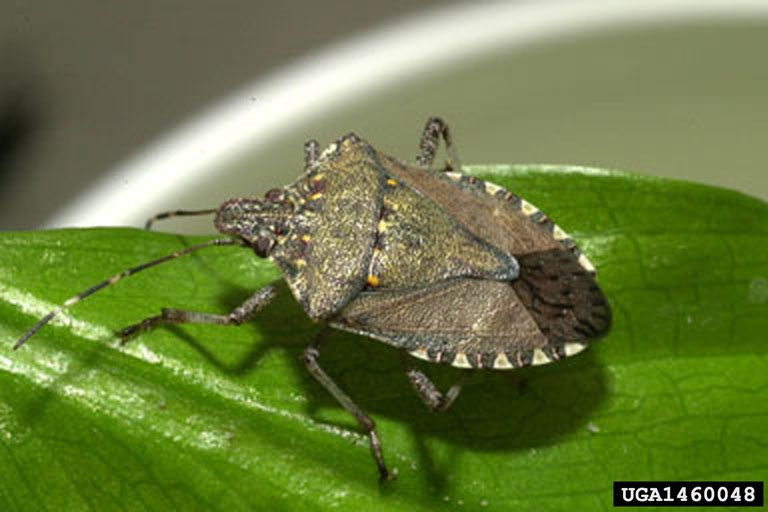What are stink bugs and what do they do?
Watch out: Something stinky this way comes. Brown marmorated stink bugs,

An invasive
In Maine, it was initially thought of as an unwelcome but transitory visitor, but a recent flurry of reports of sightings of the insect around the state has led to a change in that thinking.
“They can’t possibly all be hitchhiking populations. They’re likely breeding,” Karen Coluzzi, an entomologist with the Maine Department of Agriculture, Conservation and Forestry, said this week. “We can probably consider it established.”
What do stink bugs do?
The brown marmorated stink bug won’t hurt you, she said. But the insects are looking for a warm spot to spend the winter, and your house might fit its needs just fine.
The bugs are good at sneaking into homes via cracks around the windows and doors or window air conditioning units. Once inside, they can congregate almost anywhere, according to the United States Environmental Protection Agency. Look for them under beds and sofas, in cracks under or behind baseboards, window and door trim, in bookcases and in attics.
They won’t damage your home, but nonetheless experts suggest homeowners take steps to keep them out. To do so, you can remove any window air conditioner units still in place, caulk windows inside and out, block holes around outdoor electrical outlets with spray foam and patch tiny slivers in the walls. You also can cap or screen your chimney, secure crawlspace entries and rake away all debris and edible vegetation from your home’s foundation to keep from attracting pests.
How to get rid of stink bugs
To remove live and dead marmorated stink bugs, you can vacuum them up, though the EPA cautions that this might cause a vacuum cleaner to smell of stink bugs for a while. They release an unpleasant smell from scent glands on their abdomen when they are disturbed or squashed, the EPA says, and while they are not known to cause physical harm some people may be sensitive to allergens they give off.
“These bugs are not human pests,” Coluzzi said. “They won’t bite you. They won’t crawl in bed with you. They won’t cause rashes. They’re just a nuisance.”
How stink bugs damage crops
But they can be much worse than that to farmers and gardeners. The hungry bug has piercing, sucking mouthparts that it uses to eat crops such as apples, peaches, tomatoes, peppers and sweet corn. In fact, in 2010, an explosion of brown marmorated stink bugs in the mid-Atlantic states rampaged through farmers’ fields and caused $37 million in damage to the apple crop alone.
“People were shoveling them out of their houses then, too,” Glen Koehler, an associate scientist with the University of Maine Cooperative Extension, said. “That’s when they first blew up. We don’t know what’s going to happen here. The fact that they’re getting established in Maine now doesn’t mean that anything’s going to happen next year, or in five years. The fact that they’ve crossed the border doesn’t mean that they will hit the fan anytime soon. It’s just one more thing to be aware of.”
